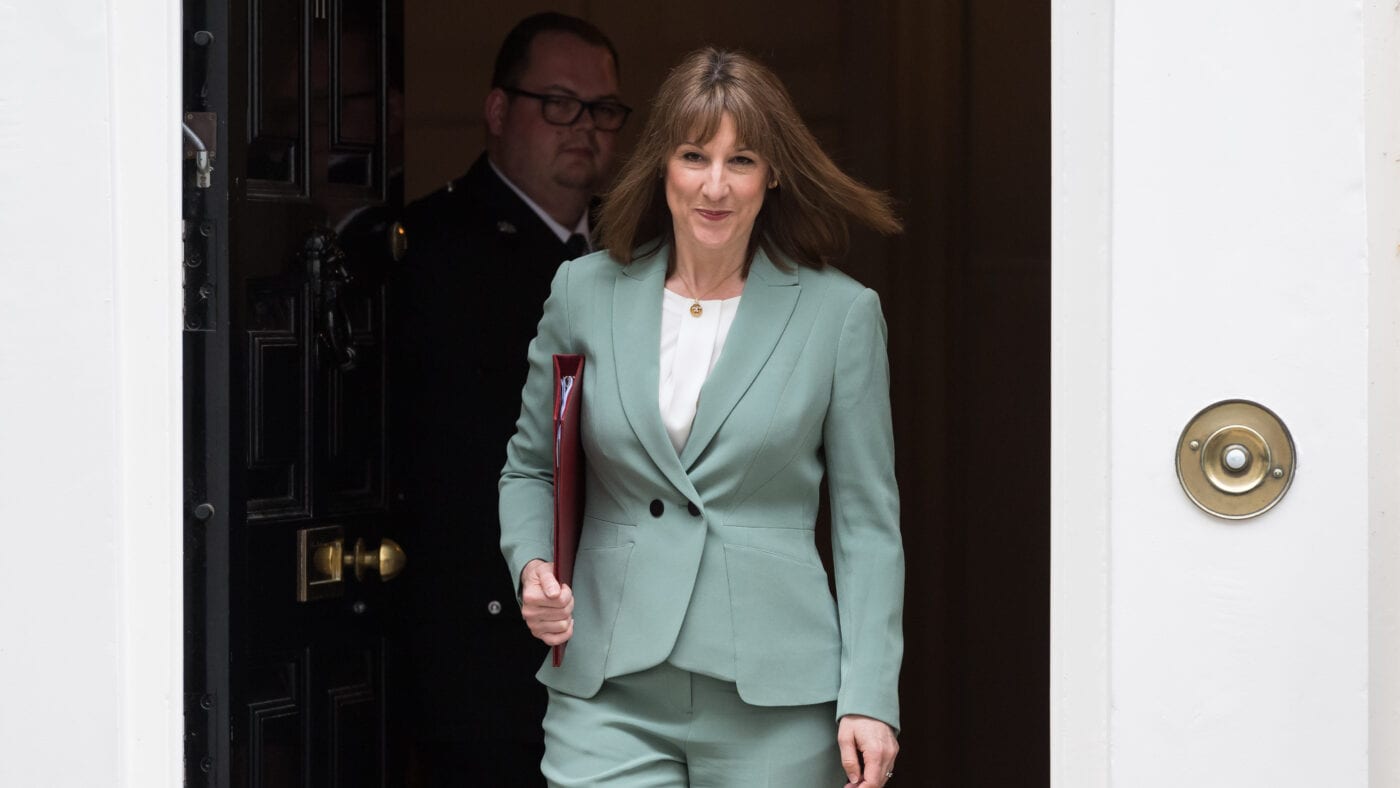A Chancellor’s Spending Review is a chance to set out the Government’s fiscal priorities for the years ahead, and signal which political issues are most important.
But there was one giant, gaping hole in the Review. No mention of welfare at all. It was barely an asterisk in the reams of documents and announcements. That is odd for the simple reason that the Department for Work and Pensions’ spending is, by far, the largest element of Government expenditure, outpacing even the £200 billion+ health budget.
This wasn’t a quiet oversight. Despite welfare spending ballooning – especially on disability and incapacity benefits – since the pandemic, there seems to be minimal interest in serious reform. The Government was keen to trumpet its welfare changes a few months ago; designed, they said, to get more people into work. But the lack of any mention of welfare changes in the Chancellor’s speech exposes the Government’s lack of genuine interest in tackling this growing problem.
The Department for Work and Pensions is responsible for a welfare system that continues to expand without direction or discipline. In 2023/4, welfare spending reached £296bn and the Treasury forecasts that this will hit nearly £380bn by the end of the decade. Incapacity and disability benefits alone are projected to exceed £69bn by 2028/2029, more than the UK’s current annual defence spending.
These figures are not just numbers on a spreadsheet. They represent a system out of step with its original purpose, one that is exponentially consuming public money while failing to serve those in greatest need. The Spending Review offered the Government a clear moment to demonstrate that welfare reform is a priority: to signal a commitment to bringing costs under control, to refocus support toward those most in need, and to begin redesigning a system that too often rewards incapacity while punishing aspiration. But that opportunity came and went, unanswered.
The Government itself has stressed the scale of the welfare crisis. The Prime Minister has said the welfare system ‘can’t be defended on economic terms or moral terms’, while the Work and Pensions Secretary, Liz Kendall, has described it as a system that ‘snares millions of people in a cycle of unemployment and inactivity, failing the very people it’s meant to be there for’. They are right to raise the alarm. Treasury ministers have warned of a ‘spiralling’ situation, and with one in eight young people not in education, employment or training, it is difficult to see how the system, as it currently functions, can deliver better outcomes.
Since the Government itself has described the welfare system as unsustainable, DWP clearly warrants more than passing acknowledgement and token reforms; it requires a plan. The Spending Review offered a natural opportunity to begin that process, and yet welfare reform was very notably absent. How you might ask, can you announce a three-year Spending Review without tackling the largest area of government Spending?
In fact, despite reductions in spending across other departments, the welfare budget quietly received a 2.1% increase.
The Government can point to the recent Green Paper as proof of its intention to fix the welfare system. That was supposed to deliver £5bn in much-needed savings. But in reality, the proposals were a tiny figleaf of reform. The Office for Budget Responsibility’s impact assessment shows that, despite the proposed changes, Personal Independence Payment costs are still expected to rise by 28% within five years. The Green Paper’s tweaks at the margins fail to grapple with the deeper structural drivers of rising caseloads and spending.
Without more decisive action, the system will remain on the same unsustainable path. Half-measures will prolong existing problems, leaving future governments with even greater financial and social burdens, and the most vulnerable worse off than they already are.
This isn’t simply a matter of how much we spend, but how the system functions. The challenge lies not just in the size of the budget, but in the way welfare is currently designed and delivered.
Britain’s current welfare design rewards inactivity rather than supports people into work, and encourages claimants to focus on what they cannot do, rather than what they can. The number of people on Universal Credit in the United Kingdom (UK) who are classified as unfit for work has surged to 1.8 million. A shocking 383% increase since 2020. Economic inactivity remains far above pre-pandemic levels, particularly among younger people. In some areas, more than half of the working-age population is on some form of benefit. Without fundamental change to the nature of welfare, these figures will continue to rise, and so will the bill.
It is also a matter of fairness. Every pound spent on someone who could be supported into work is a pound not available for someone who cannot. That’s not compassion, it’s misallocation. The more the system expands to cover those with relatively minor or temporary conditions, the less it can do for people with the most serious needs.
The 2025 Spending Review was a huge opportunity to champion reshaping the welfare state, to bring spending under control, refocus support on those who need it most, and start addressing the structural flaws in our system that hold people back. Rachel Reeves failed to even begin to take that opportunity.
Britain cannot afford to reward inactivity indefinitely, nor to sideline those with the most serious need in the name of blanket generosity. The Government has repeatedly acknowledged the severity of the issue. It is time their actions caught up with their words.
Click here to subscribe to our daily briefing – the best pieces from CapX and across the web.
CapX depends on the generosity of its readers. If you value what we do, please consider making a donation.


